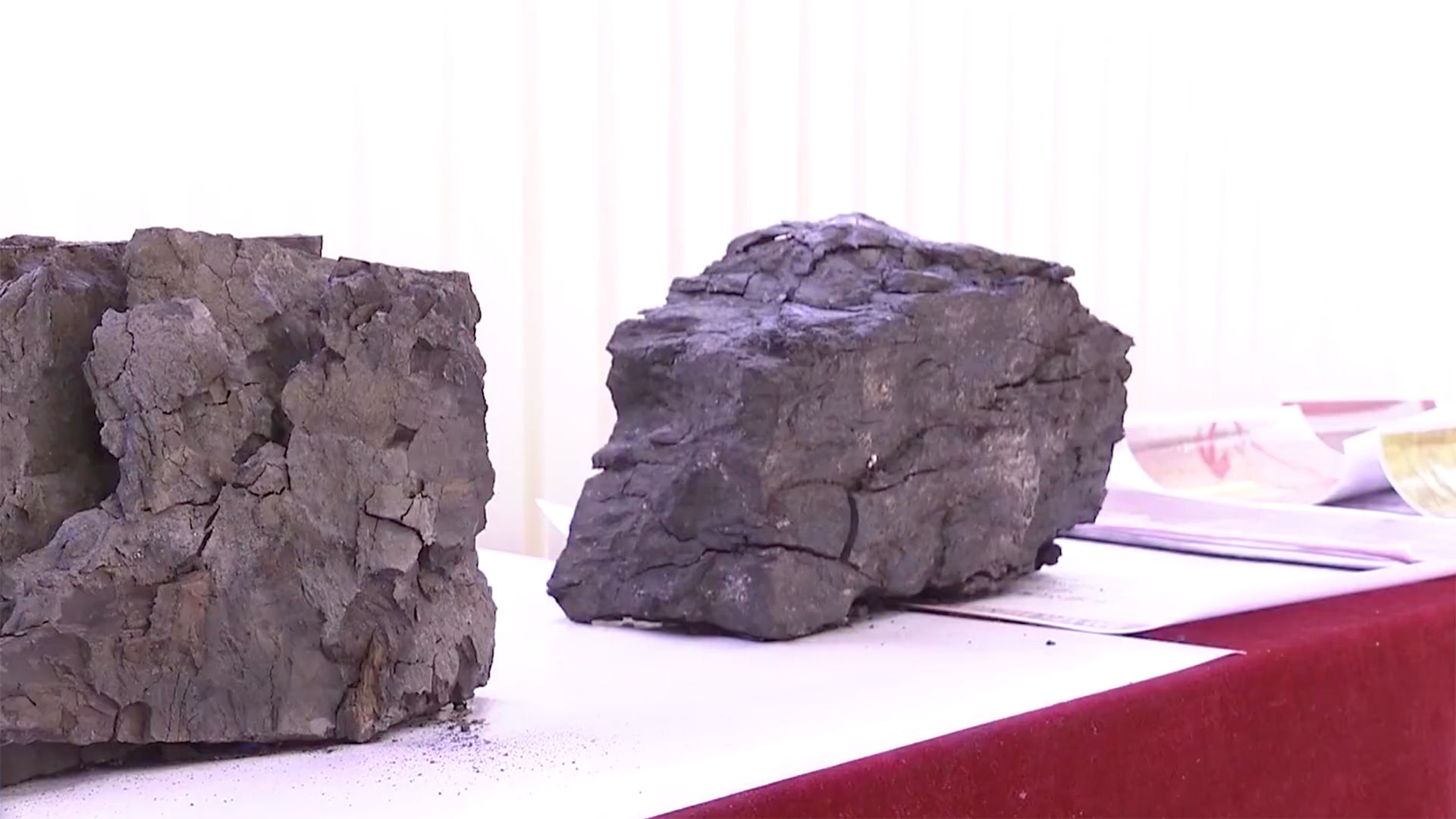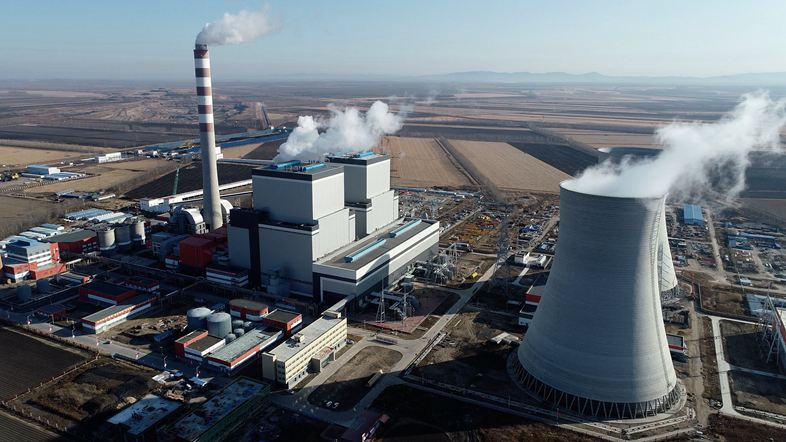02:51

Beneath China's freezing northeast, home to a considerable wealth of mineral resources, 870 million tons of lignite – also known as brown coal – will soon bring light and warmth to Heilongjiang Province.
A recently-built coal mine in Baoqing county shines as one of the few places in the country that generates electricity using this inferior coal, which has low heat but high water content.

Shenhua Guoneng Baoqing coal electrochemical project based on Heilongjiang's first open-pit coal mine with 10 million tons-plus capacity of brown coal. /CGTN Photo
Shenhua Guoneng Baoqing coal electrochemical project based on Heilongjiang's first open-pit coal mine with 10 million tons-plus capacity of brown coal. /CGTN Photo
Although brown coal is not usually seen as ideal efficient fuel, proper use of it as a source of power and heat can greatly reduce the costs, according to Deng Mingchuan, the engineering director of the energy company in charge of the mine. At the pithead power plant, industrial technology is changing the fate of brown coal. That includes a bigger furnace, electrostatic cleaning and desulfurization devices which enable sufficient burning of lignite while ensuring emission standards are met.
With an expected annual output of 10 million tons, reserves are estimated to last over 80 years and create more than 5 billion kilowatt-hours in power each year.
While a number of China's northeastern cities now face resource depletion, Baoqing county is considered one of the few untapped lands with rich resources not fully exploited. The solution seems obvious: new areas and substitutes must be found to fuel economic growth. But it begs the question - how people can make full use of the inferior coal mine while creating long-term economic benefit. For Baoqing, the coal power project is just a starting point for improved development.
The local government has plans to build a coal-electricity-chemical industrial park based around this project. Local official Liu Xiaoyu told CGTN that it will not rely on traditional raw coal production, but will instead make use of clean energy and chemicals within lignite to extend the industrial chain, developing new industries. "The production of humus-based fertilizer, soil improver and montan wax will boost the sustainable economy in Baoqing," Liu explained.
Work has been done with research institutes in an attempt to find eco-friendly and cost-efficient production plans for materials extracted from brown coal.
Feng Feng, director of the company's coal chemical department, is confident that their products will greatly benefit the agriculture sector of Heilongjiang in the future. "After the coal is extracted and burnt, even the residue can be used for mine land rehabilitation," she said. As for the production of montan wax – which can be used for everything from leather finishes to waterproofing – the company aims to fill the niche in the domestic market, and then go global.
Processing will add about 350 yuan (50 U.S. dollars) per ton to raw brown coal sold as fuel. The project is expected to bring a value of two billion yuan to the region and create over 1,000 jobs.